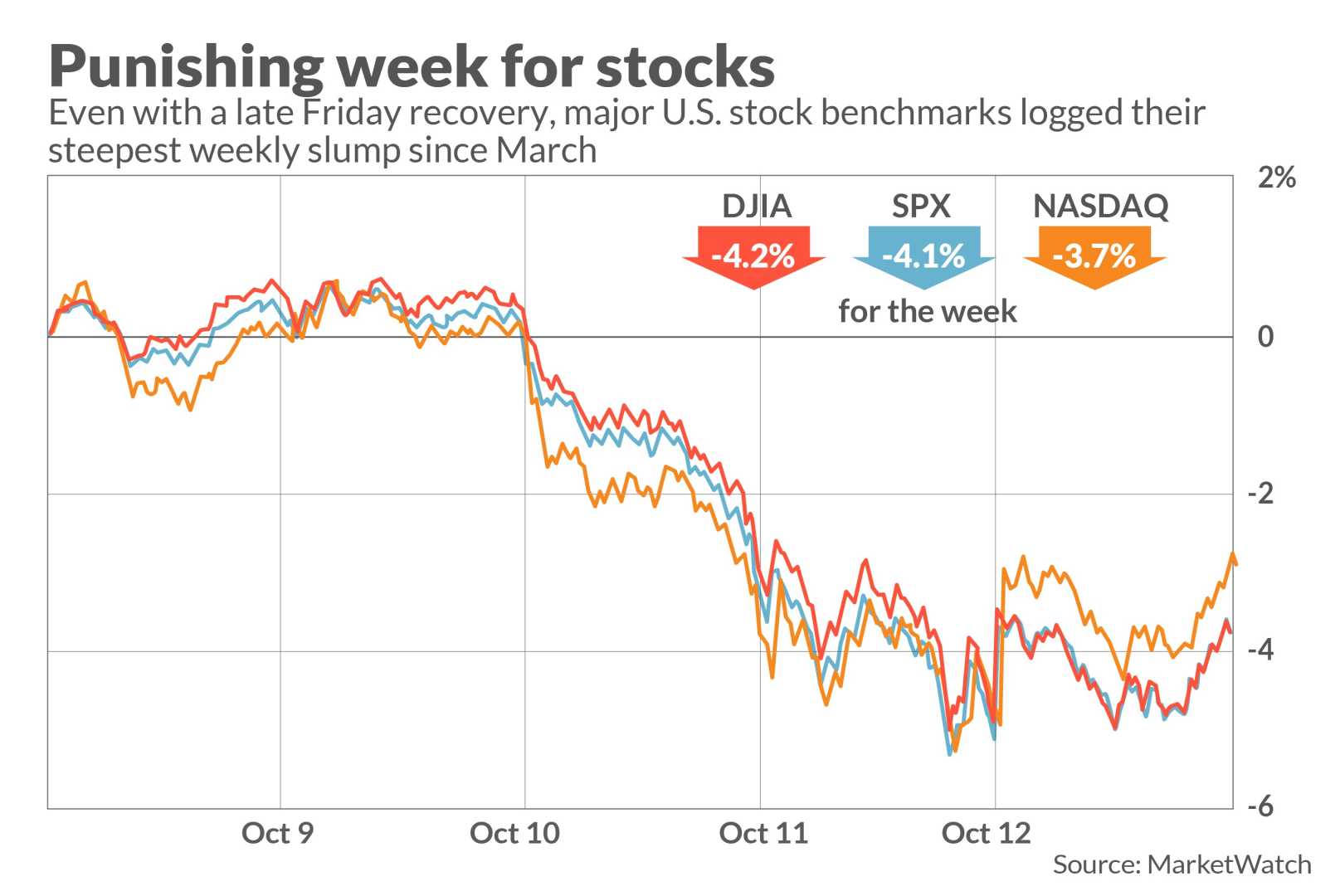Business
Dow Rises as Tech Stocks Drag Nasdaq, S&P 500 Lower Amid Rate-Cut Fears

NEW YORK — U.S. stocks experienced a mixed session on Monday, with the Dow Jones Industrial Average climbing while the Nasdaq and S&P 500 slid as investors grappled with fading hopes for Federal Reserve interest rate cuts. The tech-heavy Nasdaq Composite tumbled 1%, and the S&P 500 dropped 0.4%, while the Dow rose 0.5% as bond yields surged to a 14-month high.
The market turmoil comes ahead of Wednesday’s key consumer inflation report, which could influence the Fed’s monetary policy. Traders now expect no rate cuts until at least September, with only a 30-basis-point reduction anticipated for all of 2025. “Inflation is above target, and the Fed was primarily cutting to ensure a strong labor market, which has been met,” Bank of America economists noted in a report. “This means no further cuts needed.”
Tech stocks led the decline, with all members of the “Magnificent Seven”—including Apple, Microsoft, and Tesla—losing ground. Nvidia shares fell 3.77% after the Biden administration proposed new restrictions on advanced AI chip exports to certain countries, a move criticized by industry leaders as a threat to innovation and economic growth.
Meanwhile, oil prices rose for a third consecutive session, with Brent crude briefly surpassing $81 a barrel. The surge followed new U.S. sanctions on Russia’s crude industry, which analysts say could push China and India to seek alternative suppliers, further tightening global supply.
In corporate news, Moderna‘s stock plunged over 22% due to weak demand for its vaccines, while Europe’s largest pension fund revealed it had reduced its stake in Tesla amid concerns over CEO Elon Musk‘s compensation package.
As of 11:50 a.m. EST, the Dow stood at 42,060.12, up 0.29%, while the Nasdaq and S&P 500 were down 1.04% and 0.43%, respectively. The 10-year Treasury yield climbed to 4.786%, reflecting heightened investor anxiety over persistent inflation and the Fed’s next moves.












